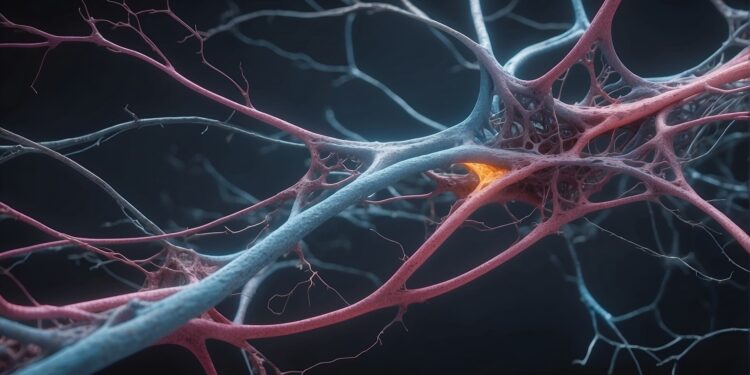Credit: Pixabay/CC0 Public domain
A research team from the University of California, Irvine, is the first to reveal that a molecule in the brain, ophthalmic acid, unexpectedly acts as a neurotransmitter similar to dopamine in regulating motor function, thus providing a new therapeutic target for Parkinson’s disease and other movement diseases.
In the study, published in the October issue of the journal BrainResearchers observed that ophthalmic acid binds to and activates calcium-sensing receptors in the brain, reversing movement disorders in mouse models of Parkinson’s disease for more than 20 hours.
This debilitating neurogenerative disease affects millions of people over the age of 50 around the world. Symptoms, including tremors, tremors and lack of movement, are caused by a decrease in dopamine levels in the brain as these neurons die. L-dopa, the first-line drug for treatment, works by replacing lost dopamine and lasts for two to three hours. Although initially effective, the effect of L-dopa wears off over time and long-term use results in dyskinesia – involuntary, irregular muscle movements of the patient’s face, arms, legs and torso.
“Our results present a groundbreaking finding that could open a new door to neuroscience by challenging the more than 60-year-old view that dopamine is the exclusive neurotransmitter in the control of motor function,” said the author. co-correspondent Amal Alachkar, from the School of Professor of Pharmacy and Pharmaceutical Sciences.
“Remarkably, ophthalmic acid not only enabled movement, but also far surpassed L-dopa in terms of lasting positive effects. Identification of the ophthalmic acid and calcium-sensing receptor pathway , a previously unknown system, opens promising new avenues for research on movement disorders and therapeutic interventions, particularly for patients with Parkinson’s disease.
Alachkar began her research into the complexities of motor function beyond the limits of dopamine more than two decades ago, when she observed robust motor activity in mouse models of Parkinson’s disease without dopamine . In this study, the team conducted comprehensive metabolic examinations of hundreds of brain molecules to identify which ones are associated with motor activity in the absence of dopamine. After extensive behavioral, biochemical, and pharmacological analyses, ophthalmic acid was confirmed as an alternative neurotransmitter.
“One of the main obstacles to treating Parkinson’s disease is the inability of neurotransmitters to cross the blood-brain barrier. This is why L-DOPA is given to patients to be converted to dopamine in the brain,” Alachkar said. “We are currently developing products that deliver ophthalmic acid into the brain or enhance the brain’s ability to synthesize it as we continue to explore the full neurological function of this molecule.”
Team members also included Sammy Alhassen, doctoral student and lab assistant, who is now a postdoctoral researcher at UCLA; laboratory specialist Derk Hogenkamp; project scientist Hung Anh Nguyen; doctoral student Saeed Al Masri; and co-corresponding author Olivier Civelli, Eric L. and Lila D. Nelson Chair in Neuropharmacology, all from the School of Pharmacy and Pharmaceutical Sciences, as well as Geoffrey Abbott, professor of physiology and biophysics and vice-dean of fundamental scientific research at the School of Medicine.
Alachkar and Civelli are the inventors of a provisional patent that covers products related to ophthalmate and receptors detecting calcium in motor function.
More information:
Sammy Alhassen et al, Ophthalmate is a new regulator of motor functions via CaSR: implications for movement disorders, Brain (2024). DOI: 10.1093/brain/awae097
Brain
Provided by University of California, Irvine
Quote: Brain molecule reverses movement deficits in Parkinson’s disease, offering new therapeutic target (October 4, 2024) retrieved October 4, 2024 from
This document is subject to copyright. Except for fair use for private study or research purposes, no part may be reproduced without written permission. The content is provided for informational purposes only.



